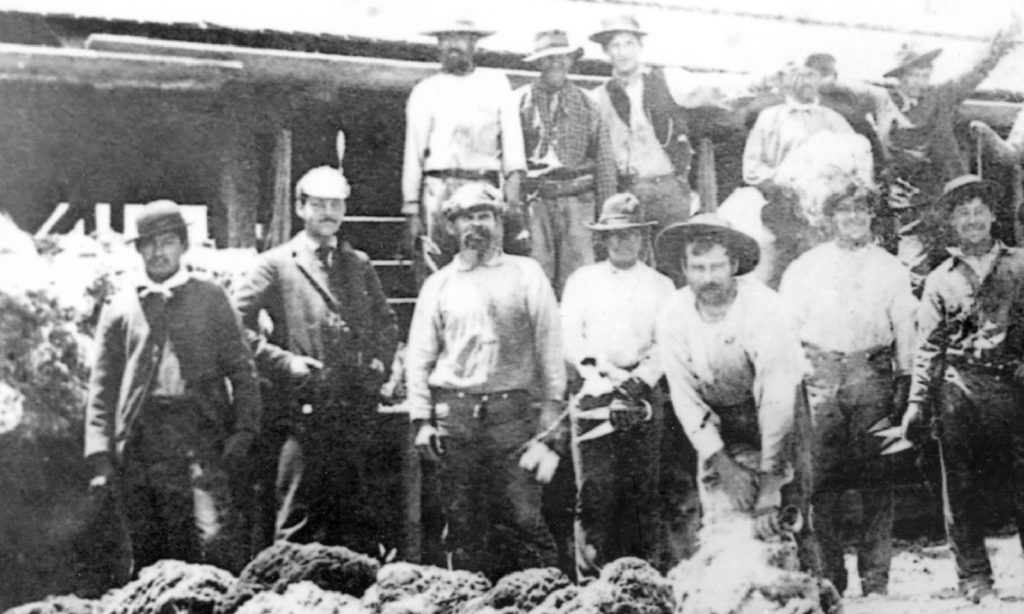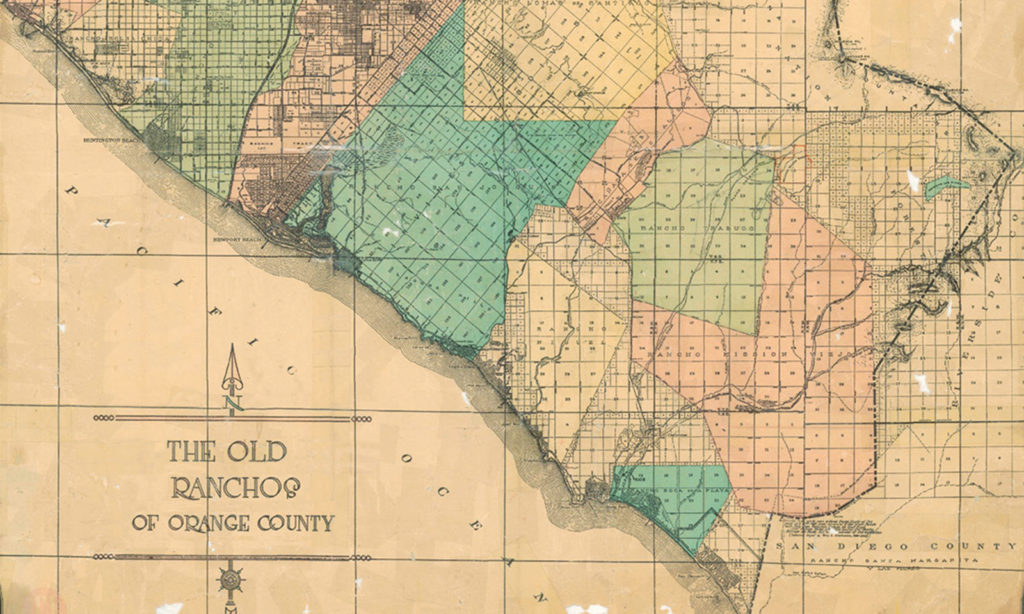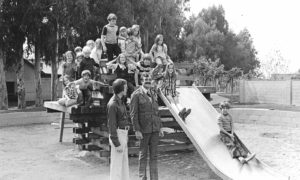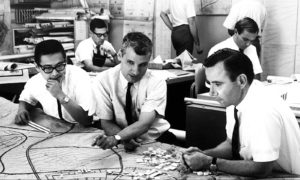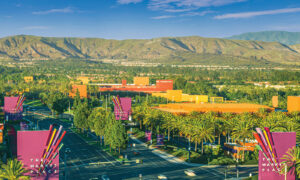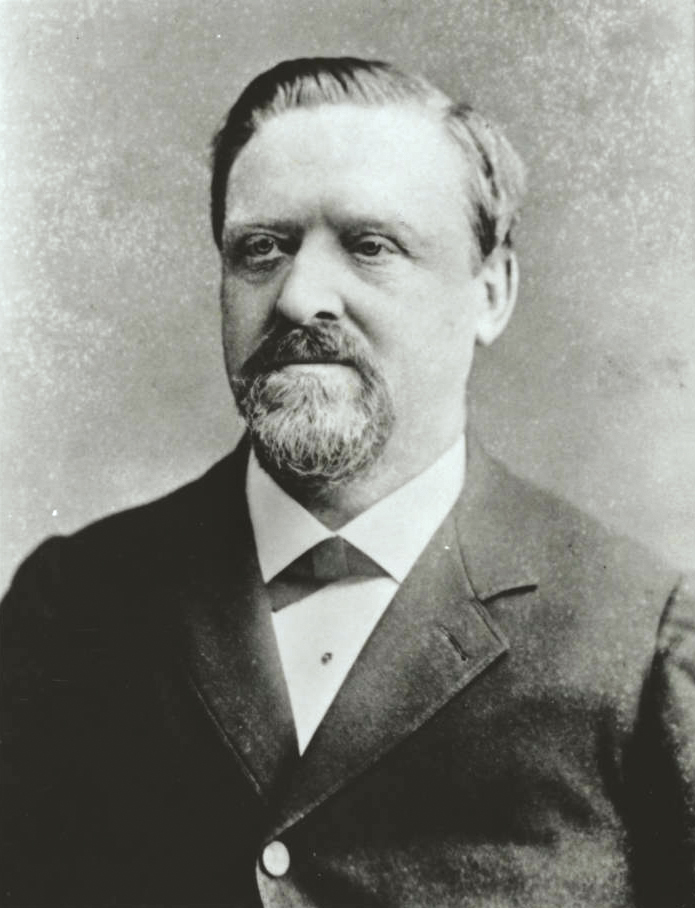
The story of the new City of Irvine begins in 1846, when its namesake, James Irvine, set sail from Ireland at the age of 19.
After a brief stint in New York, Irvine was lured to California by tales of the gold rush.
He struck it rich in San Francisco, but not as a gold miner. Irvine found his fortune as a merchant, supplying food and provisions to the mining companies. A shrewd business- man, he invested his profits in real estate in San Francisco.
At age 37, he was ready for his next challenge and looked to Southern California. In 1864, Irvine acquired more than 100,000 acres of ranchland in the future Orange County.
It was the birth of The Irvine Ranch.
Irvine would come to know the Ranch well, writing, “We rode about a good deal, sometimes coming home in the evening after a 30- or 40-mile ride pretty thoroughly tired out, but we had to do it in order to see much of the ranch and the flock.”
He marveled at its vastness, diverse topography and, most of all, its beauty, writing in 1867 that it was the “most delightful” land he’d seen, “either in California or outside of it.”
In 1886, the man who arrived in America without a dollar in his pocket left the Ranch and Irvine Company to his son, James Irvine II, creating a legacy that would one day result in the new city bearing his name.
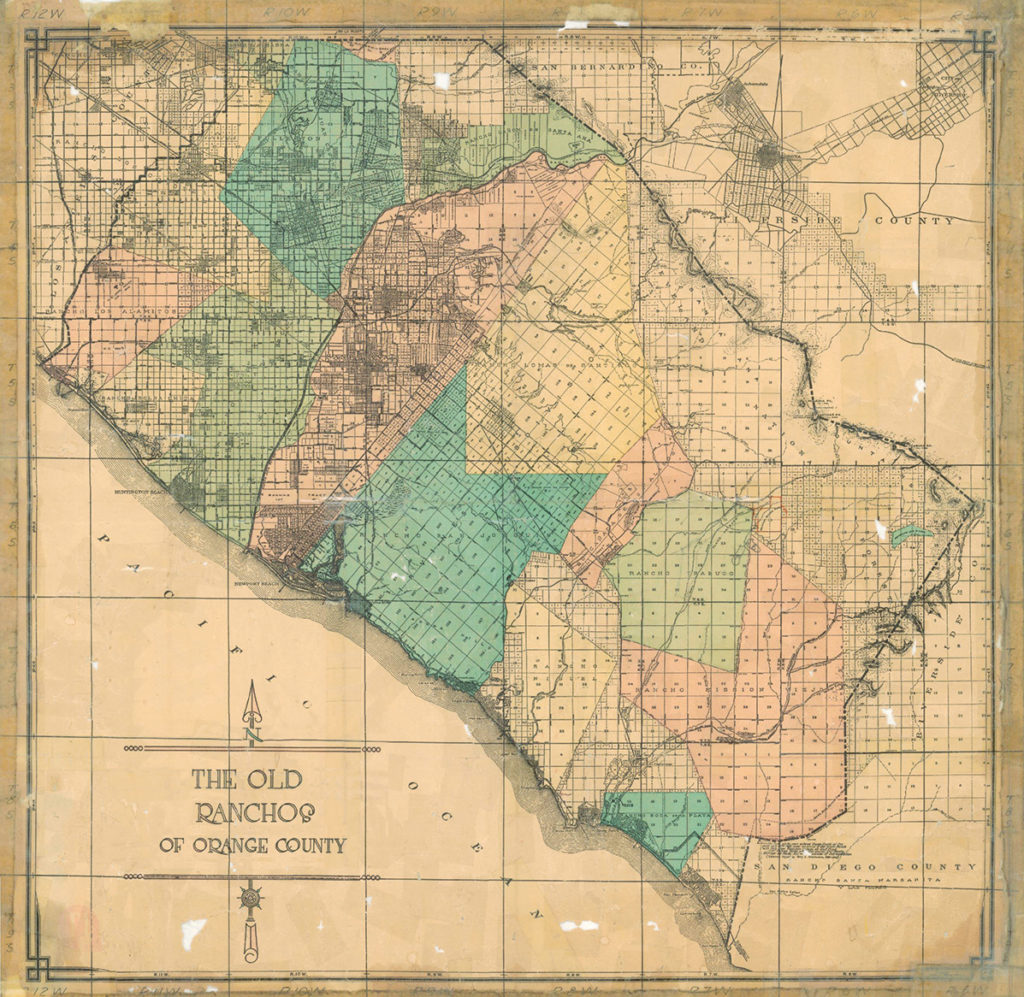
Sheep Shearing on The Irvine Ranch
James Irvine bought the future Irvine Ranch in 1864 to raise sheep for wool. Three years later, he imported thoroughbred Spanish merino sheep for higher-quality wool, and soon had a total of 45,000 sheep. “The annual clip of wool on this ranch is said to be about 200,000 pounds of the finest quality,” Irvine’s father-in-law, Harvey Rice, wrote in his book, “Letters from the Pacific Slope.” “It is easy to see that wool-growing is a very profitable business in California.”
